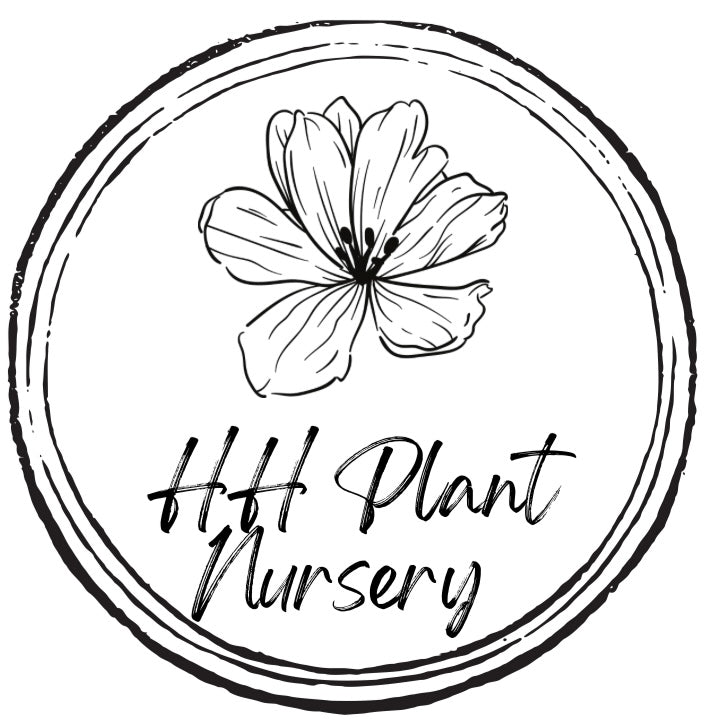The Ultimate Guide to Cleveland Sage: Benefits, Growth, and Uses
Cleveland sage (Salvia clevelandii), also known as Blue Sage or California Blue Sage, is a fragrant and resilient native plant that has become a favorite among gardeners, landscapers, and herbal enthusiasts. Known for its aromatic leaves and beautiful bluish-purple flowers, this perennial shrub offers both aesthetic and practical benefits. In this comprehensive guide, we’ll explore everything you need to know about Cleveland sage, from its botanical characteristics to its cultivation and uses.
Botanical Profile
Identification
• Scientific Name: Salvia clevelandii
• Common Names: Cleveland sage, Blue Sage, California Blue Sage
• Family: Lamiaceae (Mint family)
• Origin: Native to Southern California and Baja California
Physical Characteristics
• Height and Spread: Typically grows 3-5 feet tall and wide
• Leaves: Grey-green, lance-shaped, with a distinctive, strong fragrance
• Flowers: Spikes of bluish-purple flowers that bloom from late spring to early summer
• Stem: Square-shaped, typical of the mint family
Benefits of Cleveland Sage
Environmental Benefits
1. Drought Tolerance: Cleveland sage is exceptionally drought-tolerant, making it ideal for xeriscaping and water-wise gardens.
2. Wildlife Support: The plant attracts a variety of pollinators, including bees, butterflies, and hummingbirds, providing essential nectar sources.
3. Erosion Control: Its deep root system helps stabilize soil, reducing erosion on slopes and hillsides.
Health and Wellness
1. Aromatherapy: The strong, pleasant fragrance of Cleveland sage has calming and stress-relieving properties, making it a popular choice for aromatherapy.
2. Herbal Uses: Traditionally, Cleveland sage has been used by indigenous peoples for medicinal purposes, including respiratory support and wound healing.
Aesthetic and Practical Uses
1. Landscape Design: Its striking appearance and resilience make Cleveland sage a popular choice for ornamental landscaping. It works well in borders, rock gardens, and as a standalone specimen.
2. Culinary Uses: While not as common as other culinary sages, the leaves can be used sparingly in cooking for their unique flavor.
Growing Cleveland Sage
Planting and Soil Requirements
• Sunlight: Prefers full sun but can tolerate partial shade.
• Soil: Thrives in well-drained soils, particularly sandy or rocky types. Poor soil is not an issue as long as drainage is good.
• Planting Time: Best planted in the fall or spring to allow roots to establish before the summer heat.
Watering and Maintenance
• Watering: Once established, Cleveland sage requires minimal watering. Overwatering can lead to root rot, so it’s crucial to let the soil dry out between waterings.
• Pruning: Prune lightly after flowering to maintain shape and encourage new growth. Avoid heavy pruning, which can damage the plant.
• Fertilization: Generally does not require fertilization. Too much fertilizer can reduce the plant’s drought tolerance.
Pests and Diseases
Cleveland sage is relatively pest and disease-resistant. However, it’s essential to watch for:
• Aphids and Whiteflies: Can be managed with insecticidal soap or neem oil.
• Root Rot: Prevent by ensuring proper drainage and avoiding overwatering.
Propagation
From Seeds
• Seed Collection: Collect seeds from mature flowers in late summer.
• Sowing: Sow seeds in well-draining soil mix, lightly covering them. Keep the soil moist until germination.
• Transplanting: Once seedlings are strong enough, transplant them to their permanent location.
From Cuttings
• Cutting Selection: Take semi-hardwood cuttings in late spring or early summer.
• Rooting: Place cuttings in a well-draining potting mix, keeping them moist and in indirect sunlight until roots develop.
Uses in Landscaping and Beyond
Garden Design
1. Pollinator Gardens: Its ability to attract pollinators makes Cleveland sage an excellent choice for creating a buzzing, lively garden.
2. Water-Wise Landscaping: Ideal for xeriscaping, reducing the need for irrigation and conserving water.
3. Slope Stabilization: Use on slopes and hillsides to prevent erosion and add visual interest.
Household Uses
1. Dried Arrangements: The aromatic leaves and flowers can be dried and used in potpourri or sachets to scent the home.
2. Natural Air Freshener: Fresh or dried leaves can be placed in areas where a natural, pleasant fragrance is desired.
Conclusion
Cleveland sage is a versatile and resilient plant that offers numerous benefits for gardeners and the environment alike. Its striking beauty, drought tolerance, and support for local wildlife make it an excellent choice for sustainable landscaping. Whether you’re looking to enhance your garden’s aesthetics, reduce water usage, or simply enjoy the plant’s delightful aroma, Cleveland sage is a worthy addition to any garden. With the right care and conditions, this native gem will thrive and bring joy for years to come.
By understanding and utilizing Cleveland sage, you can create a beautiful, sustainable, and thriving garden that benefits both you and the environment. Happy gardening!


2 comments
I would trim the dead leaves and add a bit of fertilizer. We use worm castings and kelp, and the plants respond well. Since your yard is damp, I would also add compost and some soil mix to enrich the soil. Also depending on your zone, make sure not to overwater sage.
Hi, thanks for your article.
I moved my Cleveland Sage from part sun, where it survived but didn’t thrive, into full sun a few weeks ago. It immediately drooped and the leaves curled and browned. I’ve since seen some little leaves trying to grow, but the plant looks really sad. Our yard is mostly sand, so I have been watering it a couple times a week.
Do you think I should I trim off the drooping new growth (from before I moved it) and try adding compost or fertilizer, or will that just kill it? Or just give it time to redevelop its roots?
Thanks for your thoughts!